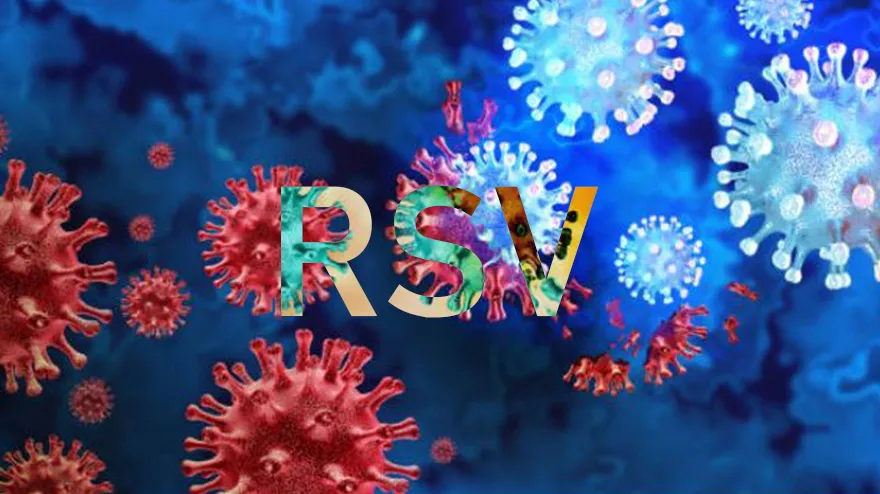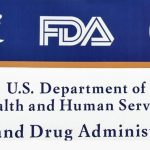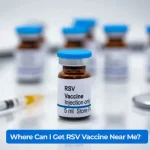Introduction: Respiratory Syncytial Virus Timeline in Adults
In recent years, the respiratory Syncytial Virus (RSV) has acquired increasing interest for its impact on adults. Long regarded as a childhood illness, RSV has been discovered to cause substantial morbidity and even mortality among adults. This article delves into the timeline of RSV infection in adults, explores its symptoms, and discusses the implications of this overlooked health concern.
The Evolution of RSV Awareness
From Pediatric Focus to Adult Concern
Traditionally related to infants and young children, RSV’s impact on adults was largely underestimated. The latest studies, however, have discovered that RSV can result in intense respiratory complications in adults, especially the aged and those with compromised immune structures. Respiratory Syncytial Virus Timeline in Adults
See also: Respiratory Syncytial Virus Symptoms in Infants
Unmasking RSV Symptoms in Adults
Silent Entry and Incubation
RSV’s journey often begins inconspicuously, with individuals contracting the virus through contact with respiratory droplets. The virus then undergoes an incubation duration of up to eight days, all through which its presence stays undetectable.
The Emergence of Telltale Signs
As the virus takes preserves, individuals might enjoy signs comparable to the common cold, including a runny nostril, sneezing, and a low-grade fever. The symptoms and signs and symptoms can effortlessly be improper for different viral infections, contributing to behind-schedule diagnoses. Respiratory Syncytial Virus Timeline in Adults
Escalation to Severe Symptoms
After the preliminary section, RSV infection can expand rapidly, main to more reported signs and symptoms such as chronic coughing, wheezing, and shortness of breath. In severe instances, adults might also develop bronchiolitis or pneumonia, requiring urgent scientific attention.
Seeking Treatment and Management
Diagnostic Challenges
One of the primary obstacles in addressing RSV in adults lies in its diagnosis. Given the overlap of symptoms with other respiratory illnesses, accurate identification often requires specialized tests that aren’t routinely administered. Respiratory Syncytial Virus Timeline in Adults
Medical Interventions
For adults with severe RSV symptoms, hospitalization might be necessary. Depending on the character’s scenario, oxygen therapy and antiviral medications may be prescribed. Preventive measures which include vaccinations also are being explored to mitigate the virus’s effect.
Implications for Public Health
The Burden on Healthcare Systems
The developing popularity of RSV’s occurrence in adults poses a widespread assignment to healthcare structures globally. The inflow of person sufferers with breathing distress traces assets, emphasizing the need for centered interventions. Respiratory Syncytial Virus Timeline in Adults
RSV’s Economic Fallout
Past the stress on healthcare, RSV’s effect extends to the economy. The expenses related to hospitalizations, medical treatments, and ignored workdays because of contamination are exquisite, affecting individuals and societies at massive.
See more: What is a Virus?
Conclusion: RSV Timeline in Adults
In the end, the evolving expertise of the respiration Syncytial Virus highlights its importance as a health situation for The timeline of this condition progresses from subtle indicators to potentially life-threatening respiratory distress.s. Its timeline unfolds from subtle symptoms to potentially severe respiratory distress. With increased awareness, improved diagnostics, and strategic interventions, the burden of RSV on adults and healthcare systems can be mitigated. Respiratory Syncytial Virus Timeline in Adults











